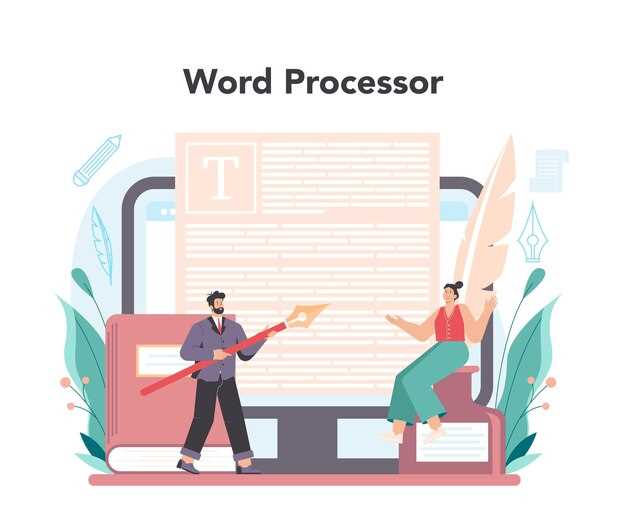
Begin with a clear thesis statement–it’s your roadmap. Use the first 50 words to outline your main idea, and save the rest for supporting points. Break your essay into three parts: introduction, body, and conclusion. This structure keeps your writing focused and easy to follow.
Plan before you write. Spend 5 minutes brainstorming ideas and organizing them into bullet points. For example, if your topic is climate change, list three key arguments like causes, effects, and solutions. This step saves time and prevents writer’s block.
Write in short sentences. Aim for 10-15 words per sentence. This improves readability and helps you stay within the word count. For instance, instead of saying “The rapid increase in global temperatures is a major concern for scientists worldwide,” write, “Global temperatures are rising quickly, alarming scientists.”
Support your arguments with one or two examples per paragraph. If you’re discussing renewable energy, mention solar power’s growth in recent years. This adds depth without overwhelming the reader. Keep your examples concise–30-40 words each.
Proofread your essay in two stages. First, check for clarity and coherence. Second, look for grammar and spelling errors. Use tools like Grammarly for faster results, but don’t rely on them entirely–trust your instincts.
Practice writing 500-word essays regularly. Start with simple topics like your favorite hobby or a recent book you’ve read. Over time, you’ll develop the skill to write confidently on any subject. With these tips, mastering short essays is within your reach.
How to Choose the Right Topic in 10 Minutes
Pick a subject you already know well. This saves time on research and lets you focus on writing. Think about recent experiences, hobbies, or areas of expertise that interest you.
Narrow your focus. A broad topic can overwhelm you, so choose a specific angle. For example, instead of “technology,” write about “how smartphones affect productivity.”
Check for available resources. Spend two minutes searching for articles, books, or studies on your topic. If you find enough material quickly, it’s a good fit.
Consider your audience. Ask yourself what they care about or what questions they might have. A topic that resonates with them will make your essay more engaging.
Test your idea with a quick outline. Jot down three main points you’d cover. If you can do this easily, the topic works. If not, move on to another idea.
Set a timer for 10 minutes and stick to it. This forces you to make a decision without overthinking. Trust your instincts and start writing.
Structuring Your Essay for Maximum Clarity
Begin with a clear thesis statement that outlines your main argument or purpose. Place it at the end of your introduction to guide the reader through your essay. Use concise language to ensure your point is easily understood.
Organize your body paragraphs around one main idea each. Start with a topic sentence that connects to your thesis, followed by supporting evidence or examples. Keep paragraphs focused and avoid mixing unrelated points.
Use transitions between paragraphs to maintain a logical flow. Words like “however,” “additionally,” or “for example” help link ideas smoothly. This ensures your reader can follow your argument without confusion.
Conclude by summarizing your main points and restating your thesis in a fresh way. Avoid introducing new information here. A strong conclusion reinforces your argument and leaves a lasting impression.
Edit for clarity by removing unnecessary words or repetitive phrases. Read your essay aloud to catch awkward phrasing or unclear sentences. A polished structure makes your writing more impactful and easier to understand.
Writing Strong Paragraphs with Minimal Rewriting
Focus on one main idea per paragraph to keep your writing clear and concise. Start with a topic sentence that directly states the point you want to make. For example, instead of writing, “There are many ways to improve your essay,” try, “Using specific examples strengthens your argument.”
Use transitions to connect sentences smoothly. Words like however, therefore, and for instance guide readers through your thoughts without confusion. Avoid overloading sentences with unnecessary details; stick to information that supports your main idea.
Edit as you write to reduce the need for extensive revisions. After drafting a paragraph, read it aloud to check for clarity and flow. If a sentence feels awkward or redundant, rephrase it immediately. This approach saves time and ensures your writing stays focused.
Incorporate evidence or examples to back up your claims. For instance, if you’re discussing the benefits of planning, mention how outlining helped you complete a project faster. Specific details make your writing more persuasive and engaging.
Keep sentences varied in length to maintain reader interest. Mix shorter, punchy sentences with longer, more detailed ones. This rhythm prevents monotony and makes your writing easier to follow.
Finally, avoid overcomplicating your language. Use simple, direct words to convey your message. Clear writing requires less rewriting and ensures your audience understands your point without effort.
Editing Techniques to Polish Your Draft Fast

Read your essay aloud to catch awkward phrasing or unclear sentences. Hearing the words helps you identify areas where the flow feels off or the meaning isn’t clear.
- Focus on one editing task at a time. Start with grammar and spelling, then move to sentence structure, and finally check for clarity and conciseness.
- Use tools like Grammarly or Hemingway Editor to quickly spot errors and improve readability. These tools save time by highlighting issues you might miss.
- Shorten long sentences by breaking them into two or removing unnecessary words. Aim for sentences that are 15-20 words long for better readability.
Replace vague words with specific ones to make your writing stronger. For example, instead of “good,” use “effective” or “impactful” depending on the context.
- Check your transitions between paragraphs. Ensure each sentence leads logically to the next, and each paragraph builds on the previous one.
- Remove repetitive phrases or ideas. If you’ve already made a point, don’t restate it unless it adds new value.
- Ask someone else to read your draft. Fresh eyes often catch mistakes or unclear sections you’ve overlooked.
Save your final review for the end. After making changes, step away for an hour or so, then return to your essay with a clear mind for a final polish.